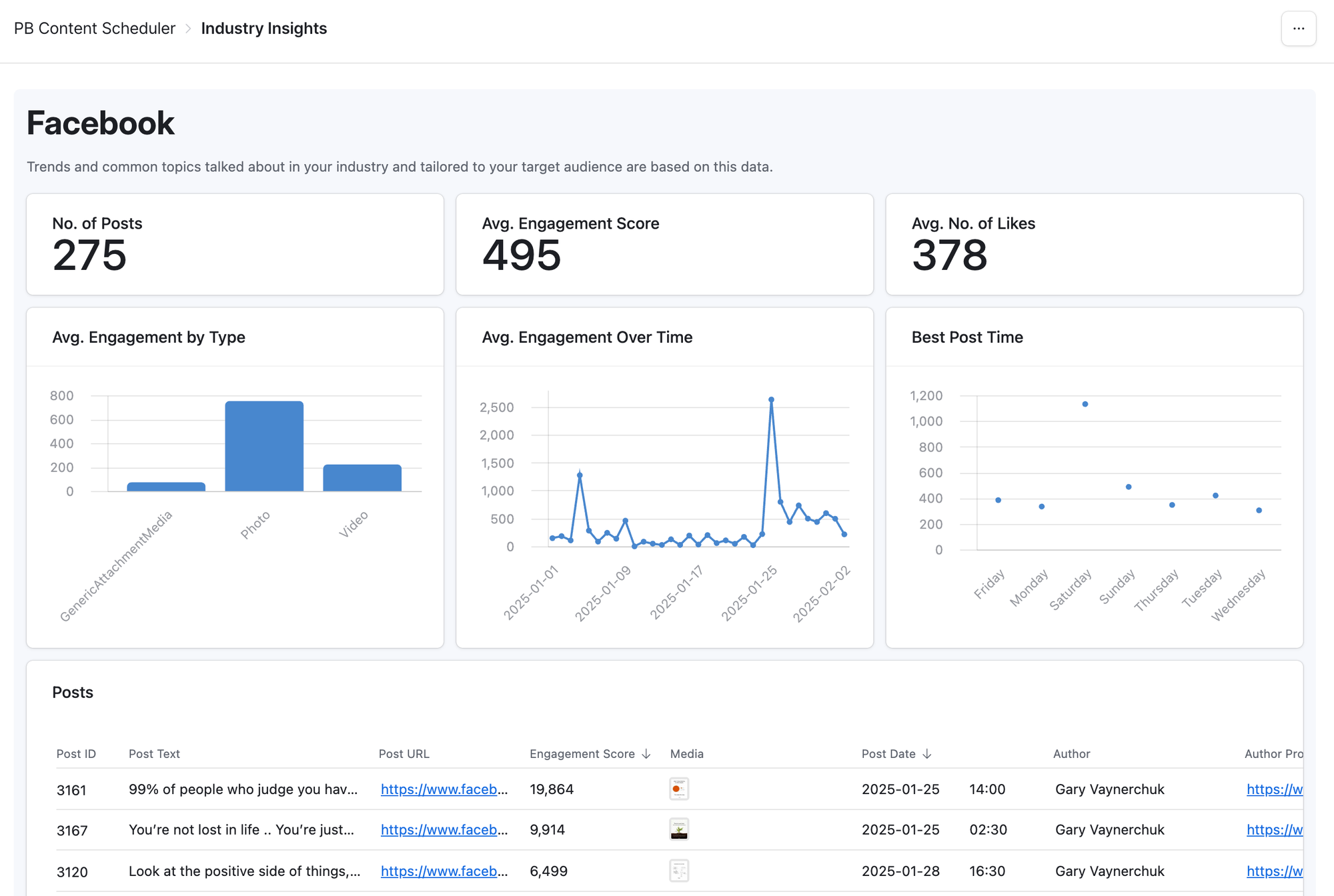"I've built a content creation system that analyzes trends, mimics a user's writing style, and posts automatically," says Aziz Omar, who's building the technical backbone for next-gen social media management. His practical approach to web scraping and automation shows how the right tools can create authentic, personalized content without unnecessary complexity.
Automating content creation
Aziz Omar is an AI automation engineer at skriptt. He helps businesses save time by automating tasks with tools like Make and n8n. His biggest technical puzzle? Creating a system that could independently produce and distribute content based on what's currently buzzing across social platforms.

Aziz set out to build a system that tracks emerging social media trends, analyzes what connects with audiences and what doesn’t, and automates content that feels true to each client’s voice. Aziz set out to build a system that tracks emerging social media trends, analyzes what connects with audiences and what doesn’t, and automates content that feels true to each client’s voice. When professionals do that, they recommend to make AI text sound natural and authentic so the final content reflects each client's unique personality and tone. His content creation ecosystem achieves this by matching a client’s distinct writing style and tone, then crafting and publishing tailored posts to platforms like Instagram, Facebook, LinkedIn, and X, where engagement matters most. The real hurdle wasn’t just scraping data - it was designing a reliable, unified workflow that navigates multiple platforms and stays reliable under pressure.
Having everything on one platform makes things easier. I used to have 10 different accounts to make this automation work; it was so annoying, but I expected that part of the work.
-- Aziz Omar
Apify Actors to track trends
Apify is a complete toolkit for web scraping, automation, and AI agents all in one place. The platform gives developers and users the exact tools they need - from ready-made scrapers to custom solutions - without the typical headaches of managing proxies, browser instances, or storage.
Aziz built an automated content system using Apify, incorporating both official and community-developed scrapers for Instagram, Facebook, LinkedIn, and X. His technical workflow goes like this:
- Scraping high-engagement posts from big influencers in a niche.
- Analyzing which content gets the most attention.
- Creating new posts based on successful trends.
- Automatically posting the content on social media.
Apify has been a game changer for me. Scraping has become so easy, and it saves me from the headache of dealing with legal issues like getting blocked or banned.
-- Aziz Omar
Connecting Apify with Make for automation
Aziz uses Apify scrapers and Make to create slick automated workflows, shifting from custom-built setups to efficient, pre-packaged solutions that save time and hassle. Make, a user-friendly automation platform, lets him connect apps like Apify to social media tools with a simple drag-and-drop interface, setting up tasks like scraping trends, analyzing data, and posting content without needing complex code.
Initially, he ran into a hiccup: Make would move to the next step before the scraper finished. To solve this, he used Apify’s task-based scheduling and added a sleep module to pause the workflow until the scraper was done. He’s also thrilled about Apify’s native integration with Make, which will streamline connections, reduce manual tweaks, and make his workflows even faster and more reliable.
Why Aziz chooses Apify
There are many scraping tools out there, but Aziz prefers Apify because:
- It has a strong developer community: People can build and share scrapers, and you can tell which ones work well based on ratings and usage.
- It’s scalable: Unlike browser extensions, Apify can handle large amounts of data without technical problems.
- Pricing is predictable: Apify’s clear costs for Actors make budgeting simple for trend-tracking projects.
I prefer sticking with tools I know well rather than chasing the latest hype. Apify’s community scrapers and official Actors provide exactly what I need. Some developers become like brands - I recognize and trust their work.
-- Aziz Omar
The future of content
Aziz's integration of Apify scrapers with Make and n8n shows how web data is creating new possibilities for content creation at scale. His system eliminates manual monitoring of trends, cuts through the noise of social platforms, and delivers authentic content that resonates with audiences.
Looking ahead, Aziz hopes to improve his system even more with Apify, including:
- More control over scraper settings, like filtering results by date.
- Better proxy management for social media scraping.
- Easier Make integrations to handle long runs without extra steps.
As more developers use these tools, we'll see content that connects with audiences while staying genuine. What makes Aziz's approach unique isn't just the technology - it's the shift from generic content to personalized messaging that adapts to changing trends. As these systems mature, the line between automated and human-created content blurs, pointing to a future where creativity and technology work together rather than against each other.







